X
This article was co-authored by Marsha Durkin, RN. Marsha Durkin is a Registered Nurse and Laboratory Information Specialist for Mercy Hospital and Medical Center in Illinois. She received her Associates Degree in Nursing from Olney Central College in 1987.
This article has been viewed 70,249 times.
Xanthelasma, characterized by fatty, yellowish lumps around the eyes, can be removed through various different treatments. Cosmetic surgery, laser treatment, cryotherapy, and chemical cauterization can remove these unsightly cholesterol deposits. In addition, reducing your overall cholesterol levels is a good way to prevent future xanthelasma.
Steps
Part 1
Part 1 of 2:
Seeking Treatment
-
1Visit your doctor as soon as you see signs of xanthelasma. Xanthelasma may be indicative of cardiovascular disease or autoimmune disease in some people and should be addressed as soon as possible. Visit your doctor as soon as you notice cholesterol-filled plaques around your eyelids.Your doctor will test for high levels of cholesterol, triglycerides, and other blood fats, as well as other possible medical issues.[1]
- Tell your doctor if you have a family history of cardiovascular disease.
- If your Xanthelasma is caused by an underlying lipid condition, treating it may prevent further cholesterol deposits.
- Your doctor may prescribe a lipid-lowering medication to treat your condition.
-
2Ask about surgery to remove the xanthelasma with minimal scarring. Fatty deposits around your eyes can be removed surgically. Your doctor will numb the area with a local anesthetic and cut out the deposits, then sew up the incisions with absorbing stitches. Discuss this cosmetic surgery with your doctor and ask if this procedure would be the right treatment for your xanthelasma.
- Your eye may look bruised and swollen for several weeks after the operation.
- It is also advisable to meet with a plastic surgeon that specializes in facial surgery for this procedure. They can minimize scar damage, which many people prefer for facial surgery.
Advertisement -
3Discuss laser ablation with your doctor to target small xanthelasma. Laser surgery is precise enough to target cholesterol deposits around your eyes and remove them without damaging the surrounding skin. Your xanthelasma may be removed in just 1 session, and your skin should heal within a week of the procedure. Bring up the topic of laser surgery to your doctor to see if it is a good treatment option for you.[2]
- A local anesthetic will be applied to the area before the procedure.
- Swelling may occur after surgery but should subside within 3-7 days.
- In some cases, pigment changes and light scarring may occur.
-
4Ask about chemical cauterization if you want a less invasive procedure. Chemical cauterization of xanthelasma is a process where dichloroacetic acid is applied directly to lipid deposits in order to burn them away. The treatment should cause the lipid buildup to turn a milky gray color, destroying the affected tissue and leaving behind normal cells. Ask your doctor if cauterization would be an effective treatment for your xanthelasma.[3]
- A local anesthetic will be applied to the area before the procedure.
- A week or 2 after the procedure, the skin that was treated should slough off completely, leaving behind healthy skin.
-
5Inquire about cryotherapy to remove xanthelasma without anesthetic. Cryotherapy can work to get rid of xanthelasma by rapidly freezing fatty deposits, which will then thaw and disintegrate. The process involves applying liquid nitrogen directly to the affected areas of your skin, and it usually works in 1 session. Ask your doctor if they would recommend cryotherapy as a treatment option for your xanthelasma.[4]
- No local anesthesia is required for cryotherapy procedures.
- Blistering and pain may occur after the procedure.
Advertisement
Part 2
Part 2 of 2:
Regulating Cholesterol Levels
-
1Adopt a low cholesterol diet. To reduce your overall levels of cholesterol, you should eat a diet that is low in saturated fats, trans fats, and cholesterol. Ask your doctor for advice about how to transition into this new lifestyle and about what you should be eating. As a general rule, you should:
- Eat more fruits, vegetables, and whole grains, which are low in fat and cholesterol.
- Avoid unhealthy, fatty foods like butter, cheese, cream, meats, and rich desserts.
- Consume foods rich in healthy fats, such as fish, nuts, seeds, and vegetable oils.
- Eat foods that are rich with soluble fiber, like lentils, oats, barley, wholegrain rice, and citrus fruits.
-
2Consume no more than 2 alcoholic beverages per day. Excessive alcohol consumption can increase your cholesterol levels. To keep your cholesterol in check, limit your drinking or cut out alcohol altogether. As a general rule, men should consume no more than 2 drinks per day and women should consume no more than 1.
-
3Exercise for 30 minutes at least 3-4 times a week to lower cholesterol. Exercise is a key part of maintaining healthy cholesterol levels in the body. To lower your lipid count, do 30 minutes of moderate or intense exercise a day. Repeat this at least 3-4 times a week for good cardiovascular health.
- Exercise could include walking, jogging, biking, swimming, rollerblading, dancing, and aerobic workouts.
- If your schedule is busy, you can divide your exercise time into 10-15 minute intervals to get the same results.
Advertisement
Warnings
- Xanthelasma will not go away on its own.⧼thumbs_response⧽
- Smoking can raise cholesterol levels and increase your risk of xanthelasma.⧼thumbs_response⧽
- Note that fatty deposits may return after removal procedures.⧼thumbs_response⧽
Advertisement
References
About This Article
Advertisement


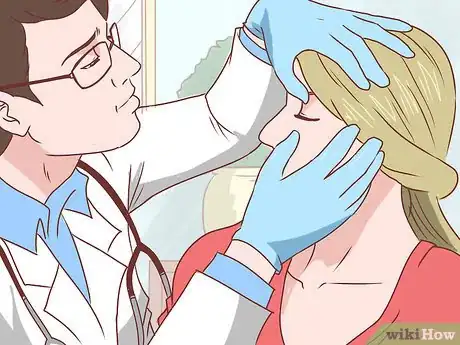

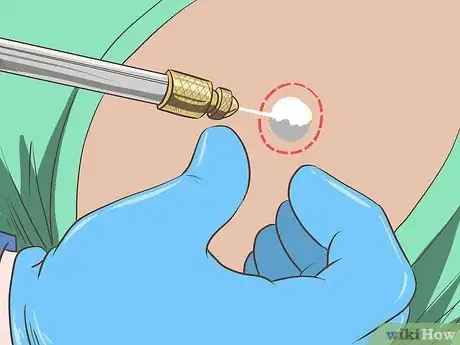

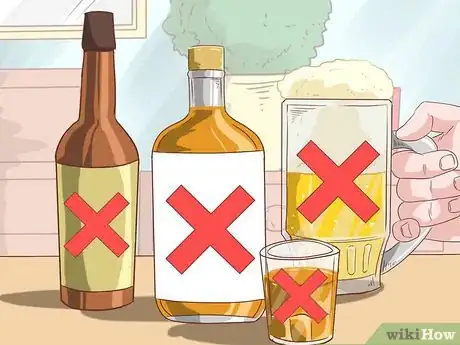



-Step-3-Version-2.webp)
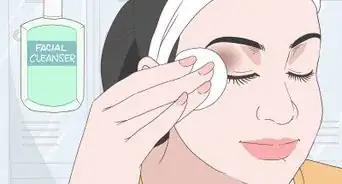


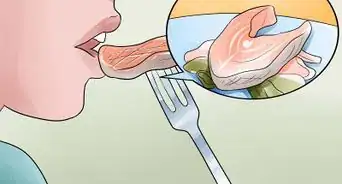


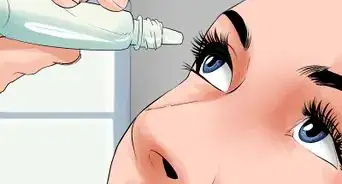











-Step-3-Version-2.webp)


































